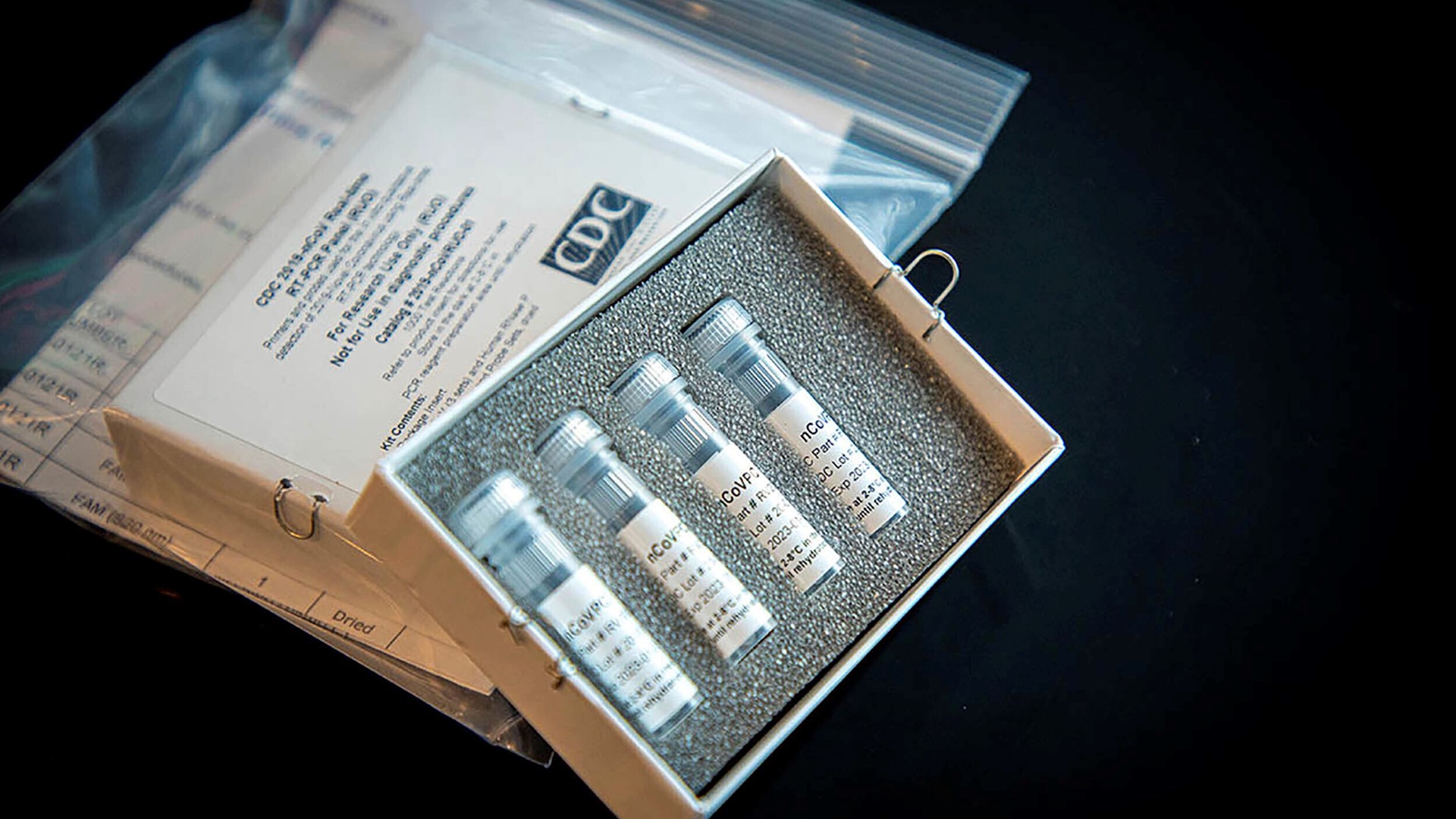SACRAMENTO, Calif. — Under the direction of California Gov. Gavin Newsom, the California Department of Managed Health Care directed insurers to allow for more than 22 million people to be eligible for free coronavirus testing.
While millions will be able to afford the coronavirus test, there still may not be enough tests for the masses as Vice President Mike Pence suggested Thursday. Pence made this remark two days after the U.S. Food and Drug Administrations said millions of coronavirus tests should be available to labs across the nation by Friday, March 6.
Whether the public gets the tested soon or not, people are asking, why is it taking so long to have tests readily available across the U.S.? The simple answer is it took health officials in China a month to recognize the virus as the severe acute respiratory syndrome coronavirus 2 (SARS-CoV-2), which many know as coronavirus (COVID-19). This delayed the ability of health officials to respond to the outbreak sooner.
The CDC started developing a test Jan. 22, 2020, when the first U.S. patient diagnosed with the new coronavirus. The test was completed on Feb. 3, 2020, and given an Emergency Use Authorization by the FDA on Feb. 4, 2020.
Shortly after distribution began, labs identified issues affecting the performance of the tests. The CDC then worked to resolve these issues to allow for greater production of the test kits as the coronavirus continued to spread in the United States.
If a person is able to be tested by a coronavirus test kit, the test performed can consist of:
- Swab test: A health care provider swabs the patient's nose or throat to take a sample.
- Nasal aspirate: A health care provider injects a saline solution into the patient's nose then removes the sample with suction.
- Tracheal aspirate: A health care provider puts a bronchoscope, a thin, lighted tube, down the patient's throat and into his or her lungs to collect a sample.
- Sputum test: A health care provider has the patient spit into a special cup or swabs the patient's nose.
- Blood: A health care provider draws blood from the patient.
More coronavirus information:
According to the CDC, coronavirus (COVID-19) is a family of viruses that is spreadable from person to person. Coronavirus is believed to have been first detected in a seafood market in Wuhan, China, in December 2019. If someone is sick with coronavirus, the symptoms they may show include mild to severe respiratory illness, cough, and difficulty breathing.
Currently, there is no vaccine; however, the CDC suggests the following precautions, along with any other respiratory illness:
- Avoid close contact with people who are sick.
- Avoid touching your eyes, nose, and mouth.
- Stay home when you are sick.
- Cover your cough or sneeze with a tissue, then throw the tissue in the trash.
- Clean and disinfect frequently touched objects and surfaces using a regular household cleaning spray or wipe.
- Wash your hands with soap and water for a minimum of 20 seconds.
The CDC also says facemasks should only be used by people who show symptoms of the virus. If you're not sick, you do not have to wear a facemask. The CDC says the immediate risk to the U.S. public is low.
FOR NEWS IN YOUR COMMUNITY, DOWNLOAD THE ABC10 APP:
►Stay In the Know! Sign up now for ABC10's Daily Blend Newsletter



